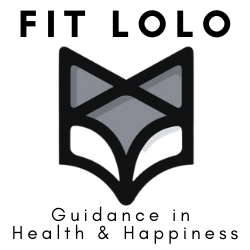160118 - CrossFit | Getting Strong does not equal Getting Big
One definition of getting stronger is increasing the productive application of force over a period of time. This is what we're concerned with from day to day, week to week and year to year.
This definition is paramount to understanding our focus. In this specific definition, technique trumps just moving weight because of the key word 'productive.' In our powerlifting movements, the amount of work (w=fd) done matters. In our WODs and more complex movements (such as weightlifting), work over time (p=(fd)/t) matters.
Improving strength then is no longer just getting stronger, it's also about the neurological connections we're making in our brains to produce coordinated effort and that coordinated effort equals the productive application of force.
If you take the average competitive bodybuilder, they look stronger than they are. If you take the average competitive weightlifter (snatch and clean and jerk) they are stronger than they look.
We see the disparity especially clearly when we get new athletes. If one day their 1RM deadlift is 120lbs and a week or two later, it's 160lbs, they didn't all of a sudden grow enough muscle to move 40lbs more weight. What happened was they made and reinforced the synaptic connections in their brains for that pattern of movement, becoming more efficient in coordinating and using those muscles.
Before we get all wrapped up in mass gains and getting bigger, we want to push our current limits. We need to move heavier loads (f) longer distances (lots of reps), faster. This also means that getting stronger doesn't mean getting big, it means efficiently using what you already have.
Strength
5, 5, 5, 5 ground to overhead
WOD
AMRAP 9:
3 wall walks
6 power cleans @75% strength
9 lateral box jumps

